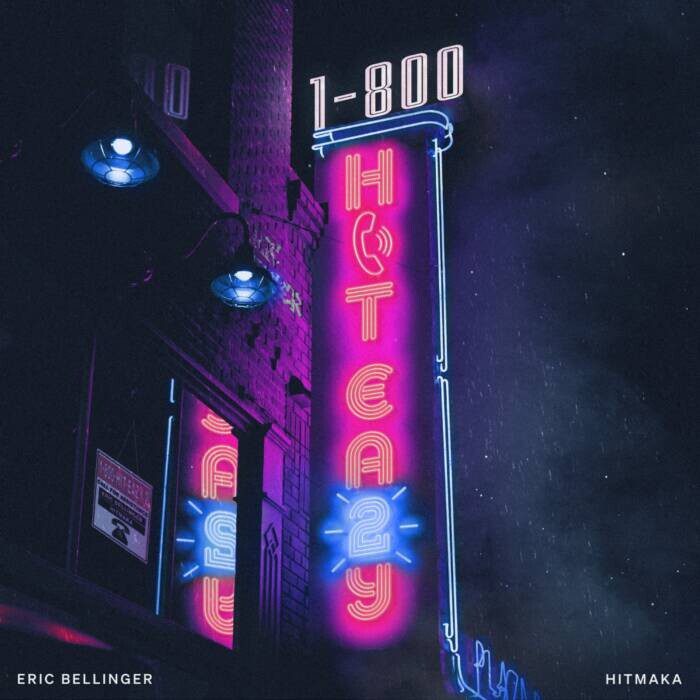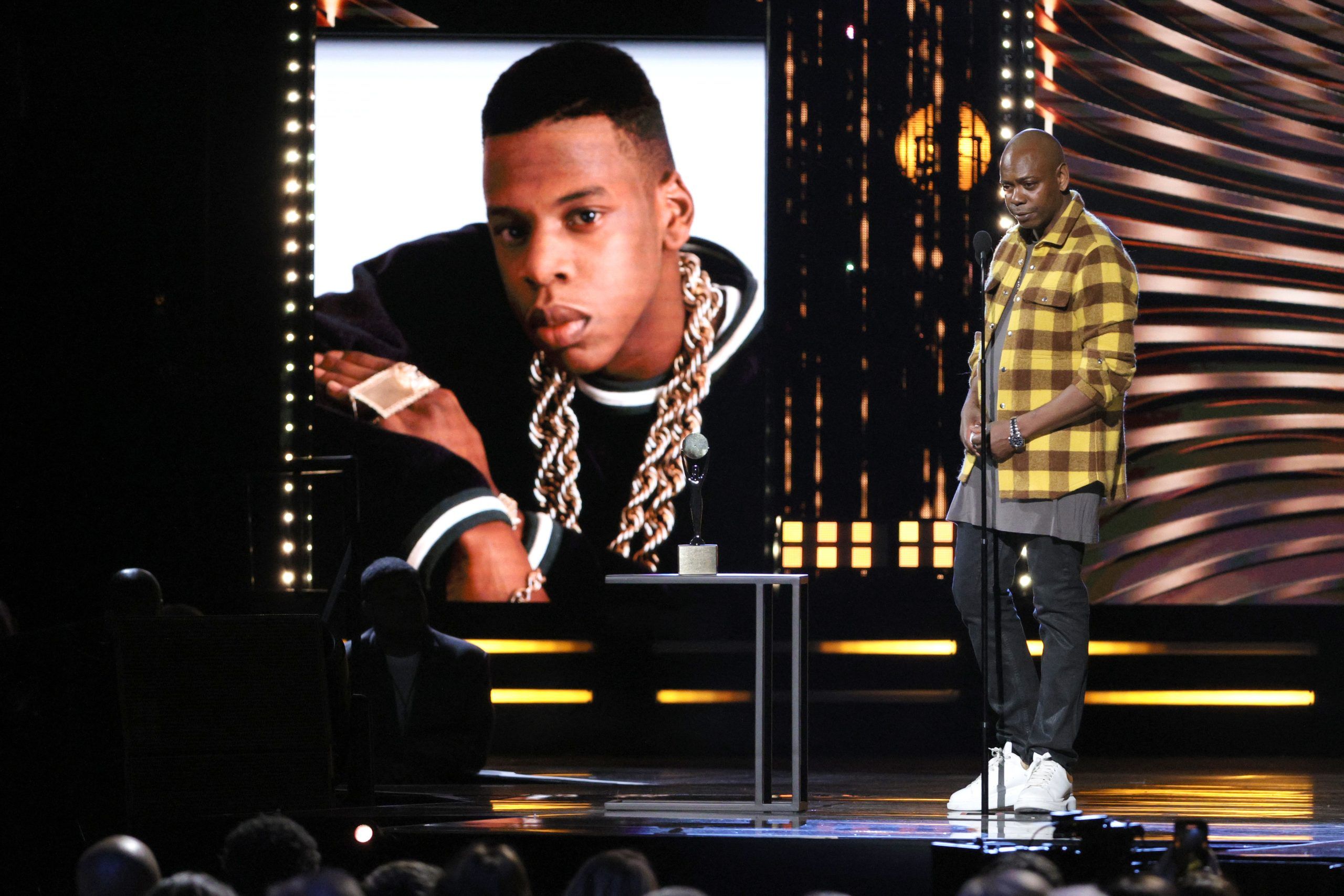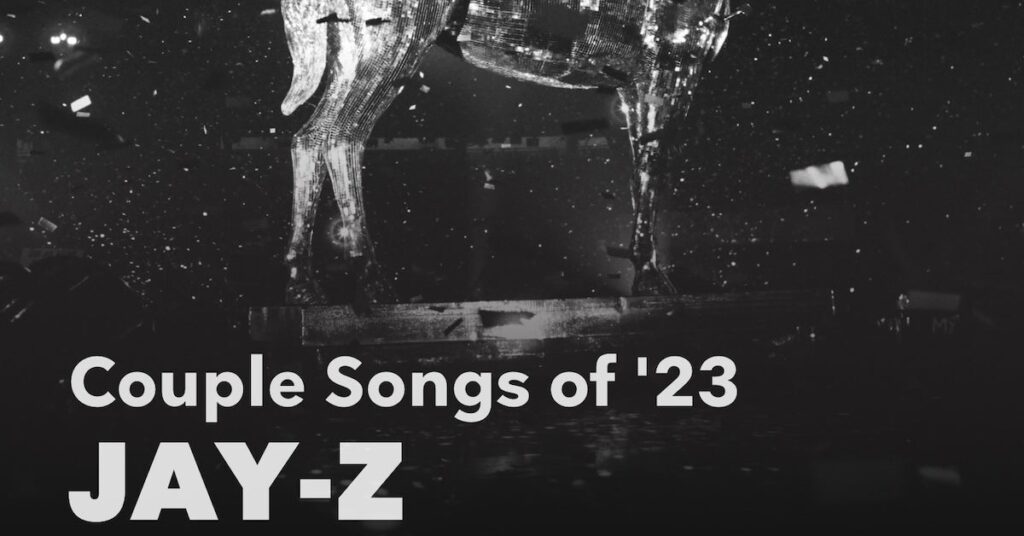
‘It Was Only Supposed to Happen Once’: Lenny Kaye Recalls Patti Smith Group Start
Bookshelves are littered with rock histories, but few resemble Lenny Kaye’s recently-released Lightning Striking: Ten Transformative Moments in Rock and Roll (Ecco). Kaye — known mainly as Patti Smith’s enduring guitarist but also a longtime author, historian and record producer — traces the saga of rock through its scenes and cities; from Memphis in 1954 through Liverpool in 1962, London in 1977 and up through Seattle in 1991. As he writes in the book’s intro, he wanted to chronicle the music “as it moves from epicenter to epicenter, the stopovers where music evolves and renews, distinct with elements of chance, cunning, inspired personalities, major players, hustlers and bystanders.”
One of those communities is the city where Kaye was living in the Seventies, working as a record store clerk, magazine editor and critic (at times for Rolling Stone). In this excerpt from the chapter “New York City, 1975,” Kaye writes about being an eyewitness to a scene that begat visionary bands like the New York Dolls and Television and the world of CBGB’s. He’d seen Smith in an off-off-Broadway play in 1970 and was crashing in the apartment of writers Richard and Lisa Robinson that year when a call arrived that would change his — and Smith’s — lives forever.
“Hi,” says a small, almost shy voice, introducing herself. She’s gotten the number from [club owner] Steve Paul, to tell me she’s read an article I’ve written for Jazz and Pop and how it touched her. Patti is from South Jersey, pretty close to my central Jersey, and she knows the music I celebrated, the heartbeat behind it. We both lived close enough to Philadelphia to hear Jerry Blavat over the radio late at night, the Blue Notes’ “My Hero” or Maureen Gray’s “Today’s The Day.” We knew how to do the Strand.
I’ve been working behind the counter at a record store called Village Oldies for Bleecker Bob and Broadway Al for about a year, dollars a shift and all the records I can filch. Patti started stopping into the store after that, sometimes with her sister Linda. I’d put on our shared discography and we’d do the Bristol Stomp when things got quiet. One night she came in with a strange request. She’d heard I played a little guitar, and might I back her in a poetry reading at St. Marks Church she wanted to shake up. Could I do a car crash? Free jazz had taught me that. She was hanging out with playwright and Holy Modal Rounder drummer Sam Shepard at the Village Gate, who suggested she might recruit the guy at the record store across the street. I went over to her loft on the second floor over the Oasis Bar, overlooking West 23rd Street, bringing my Fender Champ amp and a Gibson Melody Maker, the last equipment I had left after a particularly larcenous summer. She chanted poems and I followed along, watching how she breathed. Simple chords, all I knew.
On February 10, 1971, Patti opened for Gerard Malanga at the weekly Wednesday reading sponsored by the Poetry Project at St. Mark’s Church. The house of worship, there since before Manhattan mapped its grids, catty-corner to Second Avenue on Tenth Street, was a haven for the arts, open-minded and bohemian. It being Bertolt Brecht’s birthday, after Anne Waldman’s introduction we began with “Mack the Knife”: Lotte Lenya and Lenny.
Patti dedicates the night to all that is criminal, the great pit of babel . . . the petty thief, the whores of Mexico . . . the rhythms of prison, the pirate saint, the masters of russian roulette . . . and reads poems typed out feverishly on her red Remington, finding swagger in words and imagery that don’t have time for capitals, that proclaim arrival and a mutinous seize of the helm. It won’t be the last time I will hear “Oath’s” opening line of christ died for somebody’s sins but not mine. There is a tender “Cry Me a River” for Robert [Mapplethorpe] and her sister Linda that catches at the throat, and then the music. We offer a quasi-pop song that almost has a chorus—“Picture Hanging Blues,” about Jesse James and Billy the Kid and the woman who goads them into a duel over her; a languorous minor-key blues called “Fire of Unknown Origin”; and the immolation of “Ballad of a Bad Boy,” wrecking cars is my art . . . fenders hot as angels they blazed inside me . . . that boy is evil he’s too bad for parole . . . his mama killed him, his papa grieved for him, his little sister annalea wept under the almond tree. . . .
It was only supposed to happen once.
On Easter Sunday, 1974, Patti and I leave a preview screen- ing of Ladies and Gentlemen, The Rolling Stones, at the Ziegfeld Theater on West 54th Street, get in a cab, and travel to a newish hole-in-the-wall on the Bowery where a group called Television is playing. I’ve never been to CBGB— initialed for Country, Bluegrass, and Blues—but they’ve convinced the owner, Hilly Krystal, to let them have a stage once a week, like a television show, on Sunday nights right after Ed Sullivan. Come on down.
We’re a band as well. Sort of. Actually we’re more suited to the folk circuit and cabaret, now a trio with Richard Sohl on piano, the first keyboard player who looks as if he might last more than one gig. It’s starting to be a thing, much to my surprise, though I can’t imagine what kind of a thing it could be given that it’s not like anything else. The previous November Patti asked me to reprise our greatest hits for her Rock ’N Rimbaud celebration at Le Jardin, atop the Hotel Diplomat off Times Square. In place of “Mack the Knife” would be “Annie Had a Baby.” It’s been over two and a half years since St. Marks, and I can’t say I’d never picked out the chords of “Picture Hanging Blues” sitting on the couch, guitar in hand, imagining doing it again.

I come on at the end of her performance, after poems interspersed with standards played by pianist Bill Elliott. I am unaccountably wearing a sequined Gene Vincent and the Blue Caps T-shirt that I’ve bought over in England from Let It Rock. She doesn’t hold it against me. A month later Patti has a reading at the West End Café near Columbia University, a fabled stop on my beat generation itinerary where Jack Kerouac and Allen Ginsberg and Lucien Carr interacted, and asks me to bring my guitar along. Same greatest hits. Twice in a row.
It takes a while to find the right isosceles to our triangle. Danny Fields suggests Richard [Sohl] to us, and he shows up at our rehearsal room dressed in a sailor suit, blond curls, an off-hand flaunt of his own beauty reminding us of Tadzio in Death in Venice. He is DNV even before he shows off his skills, flourishing show tunes, a touch of Rachmaninoff, or hypnotically pounding three chords underneath Patti’s chanting. Andy Warhol is in the audience that Sunday night of March 3, our screen test in reverse.
We are trio: piano, guitar, voice.
Our band — might we call it that? — beginning to figure itself out. Over the spring, our set takes on contour. Patti declaims her poetry, we segue into song, and then she sings her poetry, making it up as she goes along. Richard and I follow her persona-shifting, up volume, down volume, slowing, speeding, dark, light, dual equilaterals. She is learning to be a singer. Sandy Pearlman had asked her after the St. Mark’s reading if she wanted to sing with Blue Öyster Cult. Steve Paul similarly offered his Blue Sky record imprint and possible collaborators. But Patti is just beginning to see how to make it her own.
We are aware of the effect we’re having on an audience, not just localized friends and hangers-on, but curiosity seekers won over and mesmerized though they—like us—aren’t quite sure why. Writing and performance, Patti understands both; her poems are clear, accessible, funny, sexy, shocking, redemptive, and then she inhabits them. It is uncanny to watch the audience fall under her spell, hypnotically following a trail of thought as she spirals outward, and then reels the tangent back to earth to reprise a final chorus.
We’re practicing almost every day, up four flights of stairs behind a movie billboard on the west side of Times Square at 46th Street. There is a piano there, and we spend afternoons trying out songs we like: Smokey Robinson’s “Hunter Gets Captured by the Game,” Bessie Smith’s “I’m Wild About That Thing,” the Velvet Underground’s “We’re Gonna Have a Real Good Time Together,” and those we’re beginning to write. Richard has a moody keyboard piece we call the “Harbor Song” (I went down to the harbor / The ships were comin’ . . . ), “Picture Hanging Blues” has taken on formal structure, and “Ballad of a Bad Boy” closes our set with enough noise to declare our intentions. Sometimes we just rotate chords underneath Patti’s storytelling, Richard comping changes, me fingering lead lines that originate from the Fender VI, as much bass as guitar. We set to music “Piss Factory,” which Patti has been proclaiming since St. Mark’s the previous New Year’s Day, her escape from south Jersey as metaphor and mission: james brown singing I lost someone / georgie woods the guy with the goods and guided missiles our shared discography, given a rolling underlay by Richard, and I jazz along.
What’s most intriguing as a direction is the way we’re starting to link poem with song, or introduce a song with a long preamble that might well be a poem. Such synthesis begins to emerge from the second stanza of “Witt,” the title piece of Patti’s second collection—look at this land where we am. Lost souls. Failed moon over the carnival—and off we au-go-go to the “Land of a Thousand Dances.” She knows Chris Kenner’s original, I remember East LA versions by Thee Midniters and Cannibal and the Headhunters, and “DNV” loves to dance. William Burroughs had given Patti a copy of The Wild Boys, and from it has grown the feral character of Johnny, his Homeric wanderings, each dance never the same. She always liked telling stories to her siblings, to Robert, to the gang at the Chelsea. Now she’s story-timing a growing downtown audience.
Patti and Tom [Verlaine] spark, the undeniable of attraction. They share a belief in flying saucers and spherical music, their dance beguiling to watch as it unfolds, incrementally slow, over the spring of 1974. It is circumspect, as each is, as much as you can be in a small club where there is no back room, all shifting downward glances and secret lingo, encouragements, mutual respect. Every night I would go down to the bar / Where he played guitar, Patti would preface “We Three” over the next decades, reminiscing the moment and bringing it back to stage left front where Tom stood, just within reach. The third party is enigmatic: Is it Allen Lanier of the Blue Öyster Cult whom she lives with, or Richard Hell who wishes he could live with her? Or her own commitment to art, which must be delicately held in balance in any relationship?
On June 5 we book a session at Electric Lady Studios to see what we sound like on a record, with its own imbalanced relationship, where you sing to yourself and hope it’s heard beyond the microphone. Robert stakes us to the tune of a thousand dollars and we’re ready to press play.
It’s 9 p.m. in Studio B of Electric Lady, in the back, eight-track, and we won’t use all of them. …. Because Richard and I are key and tempo, we bring Tom Verlaine with us to provide abstraction. “Hi Jimi,” Patti whispers into the microphone before we begin his slowed version of “Hey Joe” (through Tim Rose) that we are attaching to Patti’s poem, now called “60 Days”: Sixty days ago she was just a little girl / And now here she is with a gun her hand. When it’s Tom’s turn, we encourage him to spiral as far outré as he can go, mixing his two takes together for a maelstrom of double helix. With fifteen minutes left in the three-hour session, Patti recites “Piss Factory,” me and DNV tap-dancing beneath her, emphasizing the never return and I will travel light and the be somebody, which, at least in recorded form, we are now. At midnight, Tom and Patti take a ride on the Staten Island Ferry, marrying our bands.
From the book Lightning Striking: Ten Transformative Moments in Rock and Roll by Lenny Kaye. Copyright © 2022 by Lenny Kaye. Excerpted by permission of Ecco, an imprint of HarperCollins Publishers.




